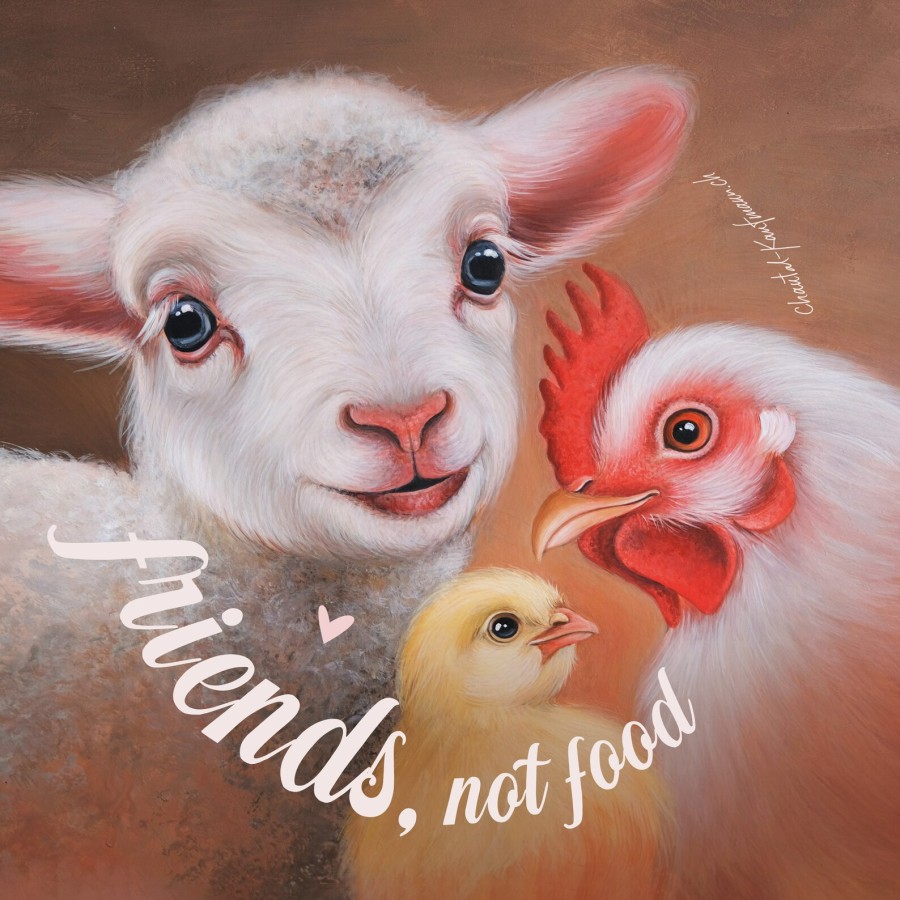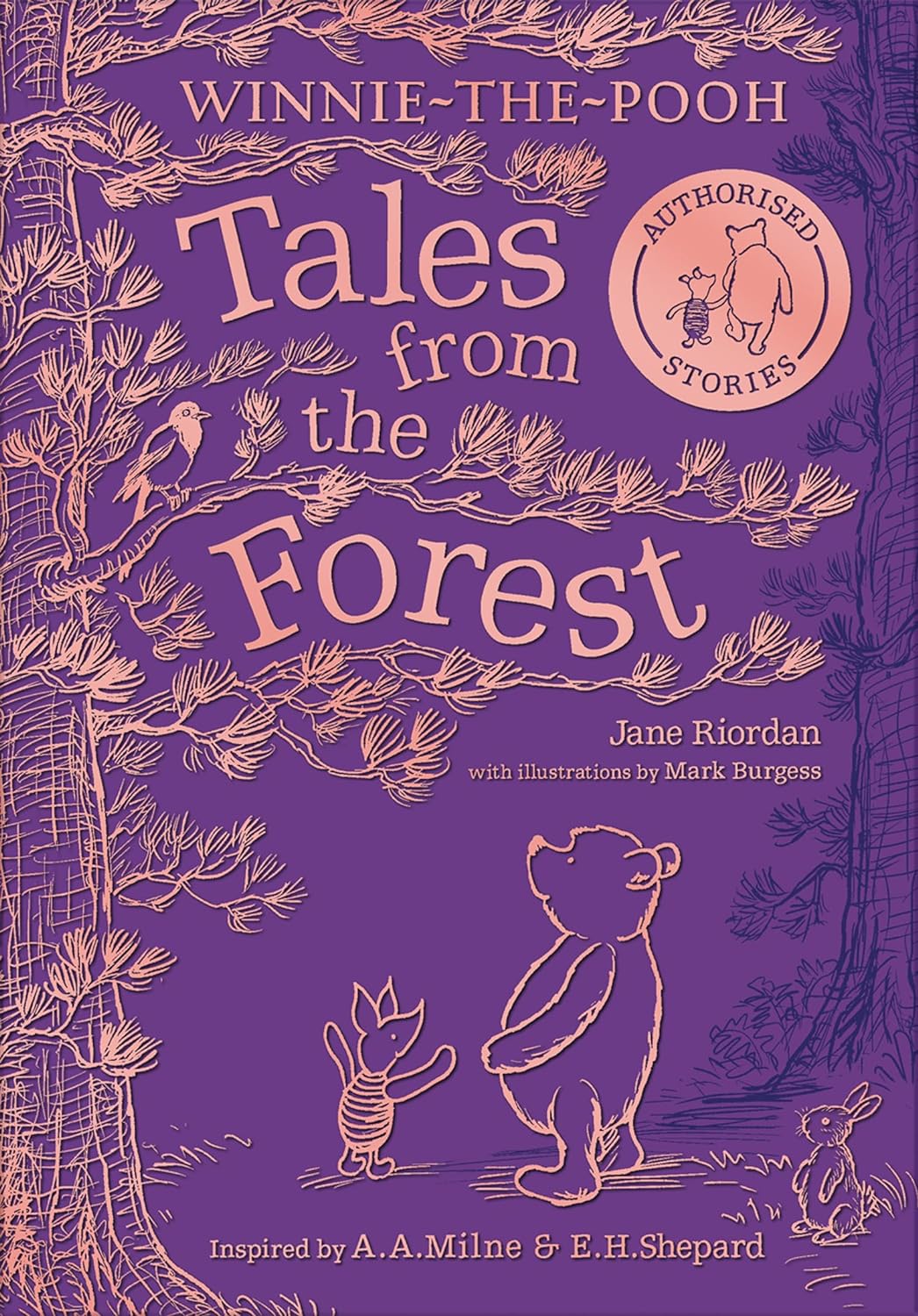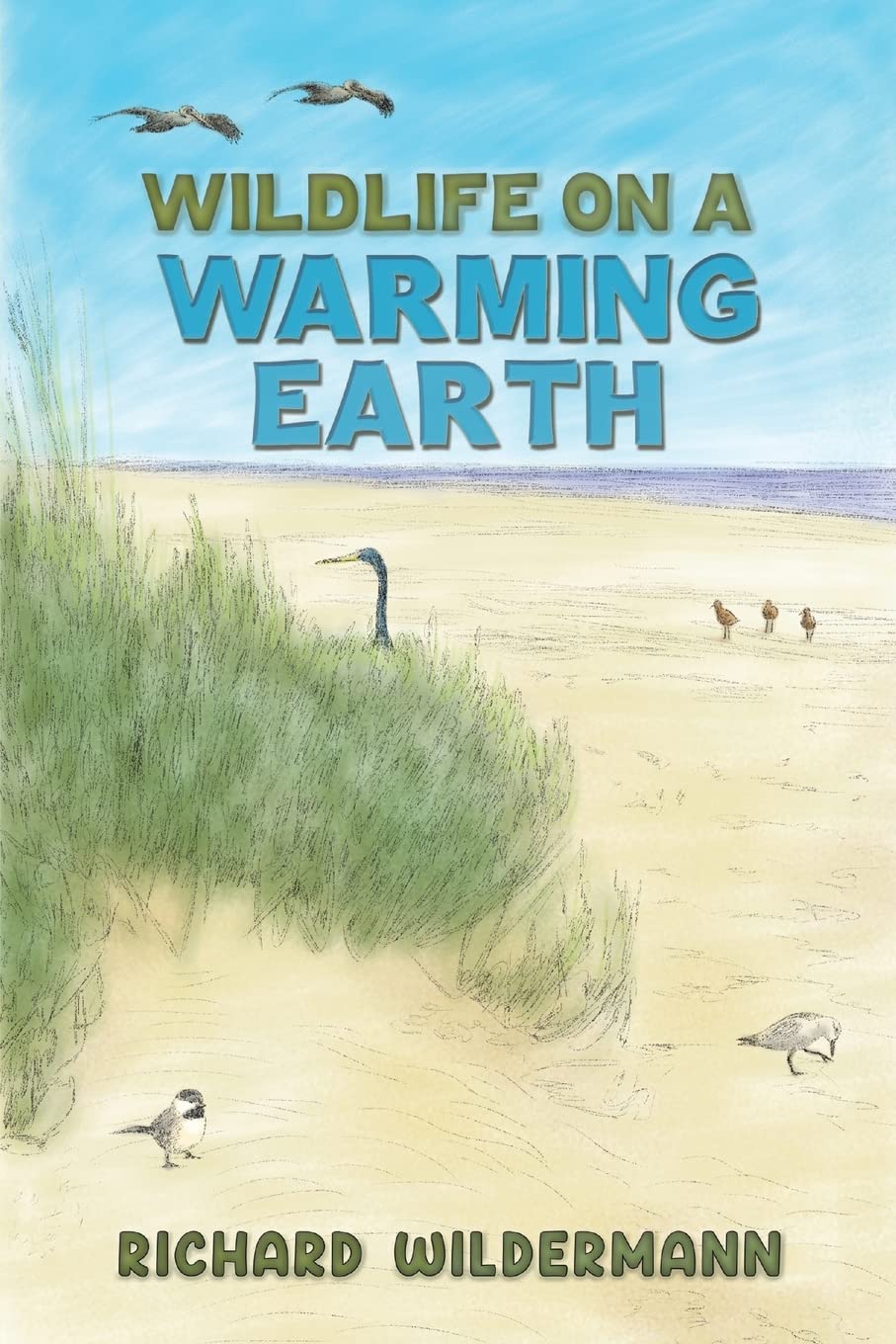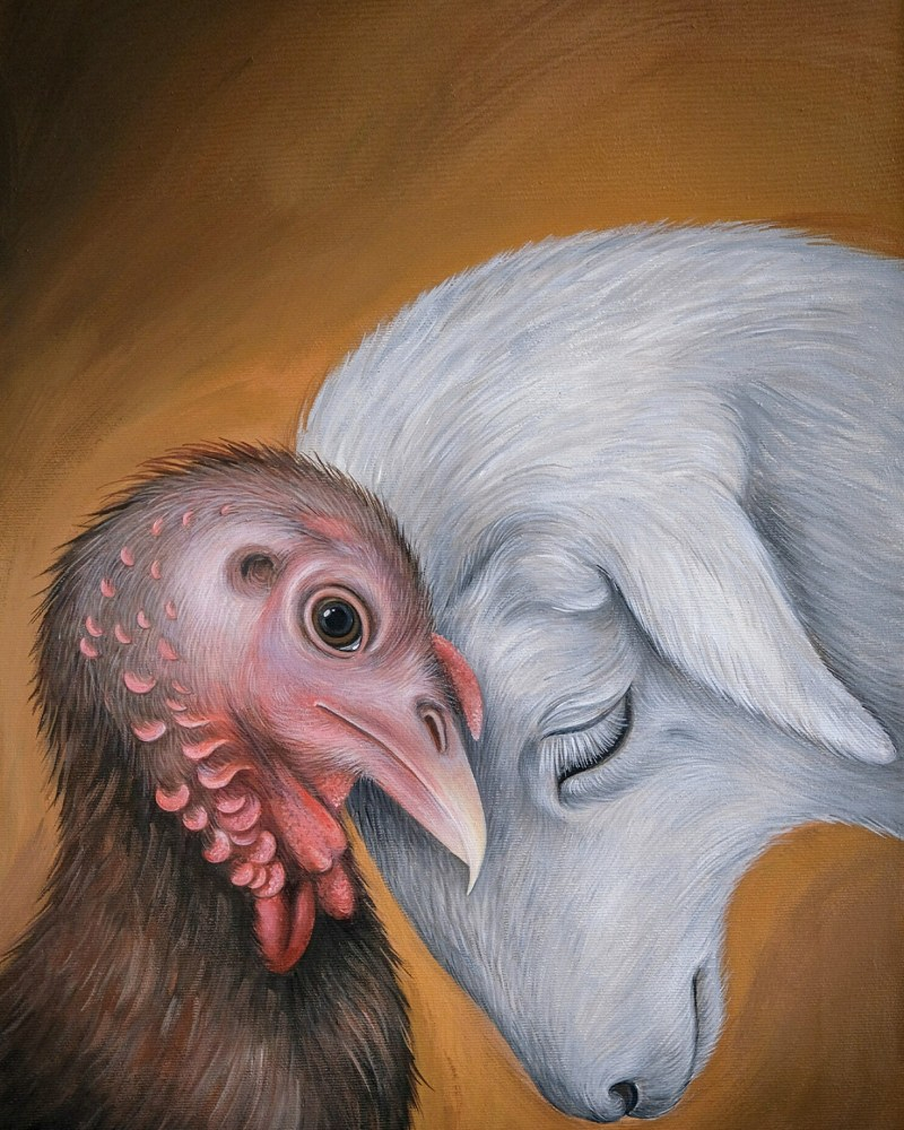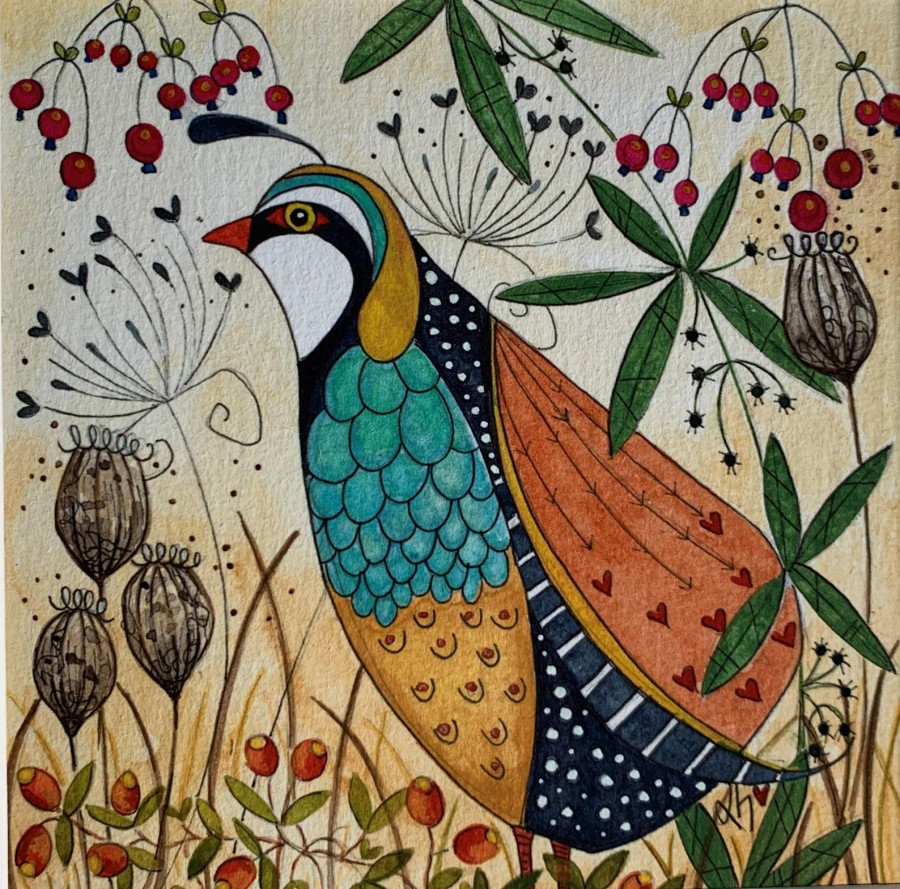
England has six game birds (ptarmigans and capercaillies are only found in Scotland, the latter at danger of extinction in their pine forest homes). Let’s get to know them, then learn why protecting them (rather than hunting them) is key to helping them along (and also helps to prevent flooding).
Pheasants are our most familiar gamebirds, non-native species that love farmland and woods, and you likely know the loud croaking call of the male. This large colourful bird with a long tail eats berries, seeds, leaves and insects and likes to roost in trees. The females are less colourful.
Red-legged partridges again are non-native species that prefer farmland and open scrub land. Also feeding on similar foods, they only fly short distances, preferring to run away from predators.
Grey partridges again live on the ground (not in pear trees!) but they are endangered, due to loss of habitat. These birds have orange faces and black bellies, and lay more eggs than any other bird (19 on average).
Grouse are found on upland heathlands. These large birds often fan out their tails to win the females, who are smaller and grey-brown in colour.
Red grouse are plump ginger birds, and again endangered, due to loss of habitat. With distinctive ‘red eyebrows’, these birds appear on the ‘Famous Grouse’ whisky bottles.
Quails are tiny birds that prefer to run, though they do fly to Africa for winter. They prefer however to live on farms or cereal fields.
why pheasant shoots causes flooding
Flooding is more common these days, but not just caused by rain and rivers bursting banks. It’s caused by removing trees, climate change, outdated building techniques, removing peat and shooting pheasants. Yet an area the size of London is taken over in England for private grouse shoots, which is linked to flooding . This is because land with bogs (peat etc) is flattened, by burning heather to provide breeding habitats. This means bogs are not able to absorb rain. But as most pheasant shoots are on private estates, nobody can see. And like hares, there are no closed seasons. So when adults die, babies are left to starve.
Overbreeding for the pheasant industry also leads to millions (with no road sense) being killed on our roads each year. League Against Cruel Sports campaigns against caged breeding, as most pheasants raised to be shot for food or ‘sport’ are housed in conditions similar to battery-farmed chickens. And most hunters are not good shots, so many birds are injured, rather than killed outright. Over-breeding also leads to impacts on our ecosystems (they eat sand lizards and baby adders, so over-breeding leads to too many being eaten). Some gamekeepers also set traps to target native predators like foxes and stoats, which in turn can trap hares and badgers (or even domestic dogs).
Learn more in Mark Avery’s book Conflict in the Uplands. Looking at the conflict between grouse shooting and nature conservation, this multi-million pound business dominates the hills of the Pennines, North Yorkshire Moors, Cheviots and Scotland. And backed by powerful lobbyists, to prevent change even though it’s wrecking the hills and impacting habitats of mountain hares and hen harriers. He also details his campaign with Chris Packham to gain support to ban grouse shoooting, which came to light during the devastating floods of 2015, showing how they were all linked.
The Return of the Grey Partridge is the story of how wildlife was restored to an estate in West Sussex, prompted by a collapse in numbers of grey partridges. Following the estate through the seasons of one year, the book shows how fields are divided up with hedgerows and trees, beetle banks are built across fields, and land is manured (rather than fed artificial fertilisers) and returned to pasture. A good book on how proper farming methods restores wildlife, but the estate only restored habitats for grey pheasants in order to shoot them. Recently a snare trapped a domestic dog.

